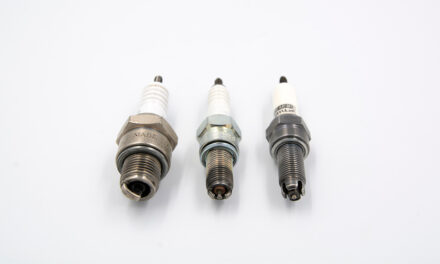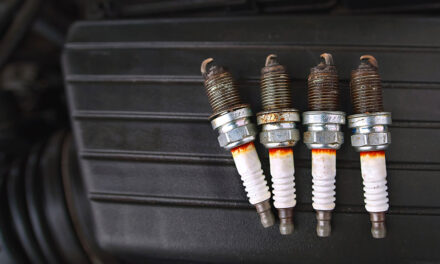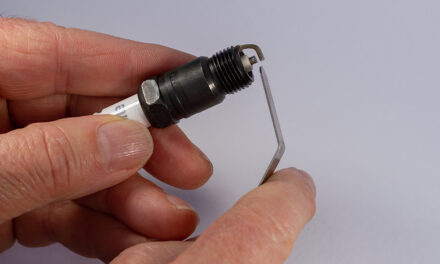Spark plugs are critical to your vehicle’s performance and fuel efficiency. Like all components, they’re prone to wear and tear. Recognizing the symptoms of a faulty spark plug can save you from unwanted breakdowns and maintain optimal performance. This guide explores the signs of worn-out spark plugs and the steps to diagnose them.
1. Visual Inspection:
- Appearance: A healthy spark plug should have a light tan or gray insulator tip. Variations like oily residue, blistering, or ash deposits indicate different engine conditions.
- Gap Size: Over time, the gap between a spark plug’s electrode and ground can either widen due to wear or close up due to deposit accumulation. Using a gap tool, regularly measure this distance and compare it to your vehicle’s recommended gap size.
2. Common Signs of Faulty Spark Plugs:
- Poor Fuel Efficiency: Worn spark plugs may not ignite the fuel-air mixture efficiently, leading to more fuel consumption.
- Engine Misfires: If your engine occasionally stutters or hesitates, it might result from a misfiring spark plug.
- Difficulty Starting: Trouble starting the vehicle can sometimes be traced back to worn-out spark plugs.
- Rough Idling: A smooth idling engine becomes rough and jittery when spark plugs are malfunctioning.
- Decreased Acceleration: Sluggish response and reduced acceleration can clearly indicate worn-out spark plugs.
3. Physical Symptoms:
Sometimes, the problem might not be the spark plug itself but rather the result of other issues in the engine. Look for:
- Oil Deposits: Oil on the spark plug can indicate a failing O-ring or valve guide seal.
- Fuel Deposits: Black, sooty residue indicates a rich fuel mixture.
- Melted Electrodes: A sign that the combustion chamber’s temperature has risen too high.
4. Using On-Board Diagnostics (OBD):
Modern vehicles come with an OBD system. A misfiring spark plug will often cause the Check Engine Light to illuminate. An OBD scanner can provide a specific fault code for spark plug issues.
5. Solutions:
Once you’ve determined that a spark plug is faulty:
- Clean or Replace: If the spark plug is just dirty, it might be salvageable with cleaning. However, if it shows signs of wear, it’s best to replace it.
- Mind the Gap: Always check and adjust the spark plug gap when installing a new one.
- Regular Maintenance: As a preventive measure, periodically check and replace spark plugs based on your vehicle manufacturer’s recommendation.
Regularly diagnosing and maintaining your spark plugs ensures your engine runs smoothly, efficiently, and safely. Don’t wait for a breakdown; be proactive in your vehicle’s care!

















